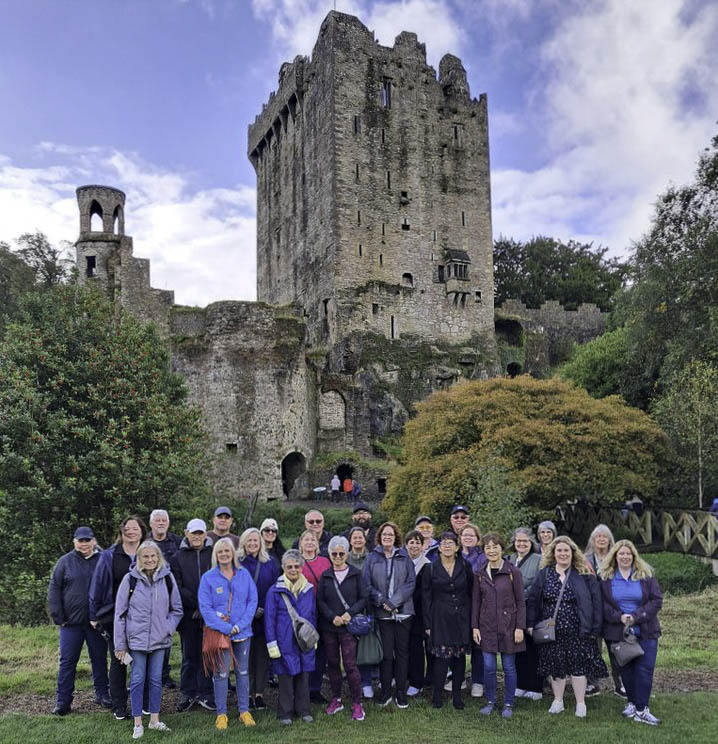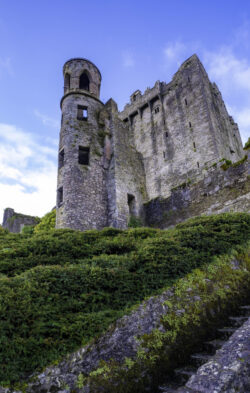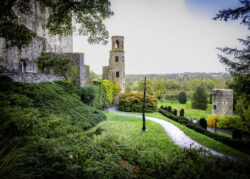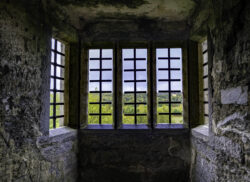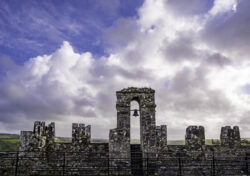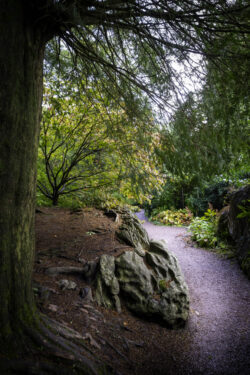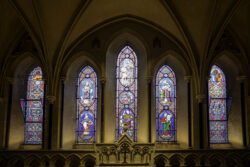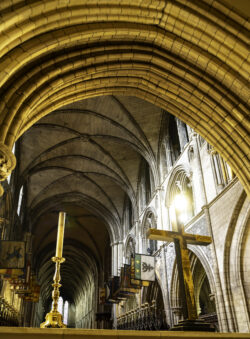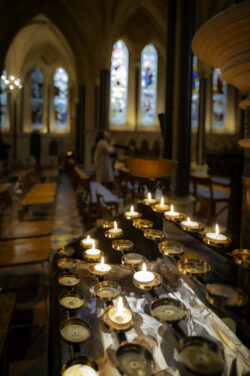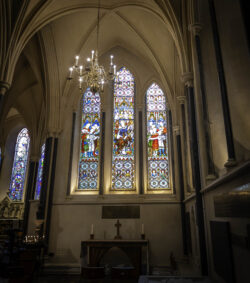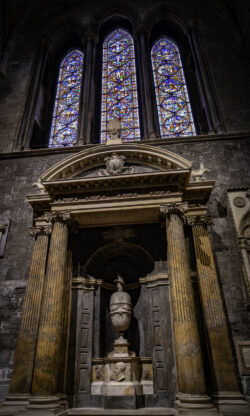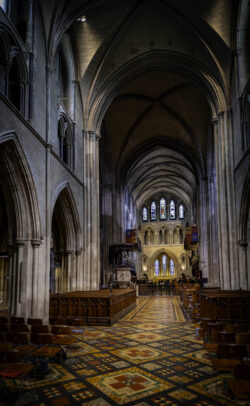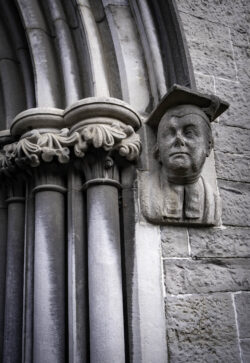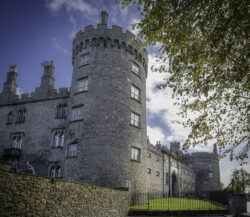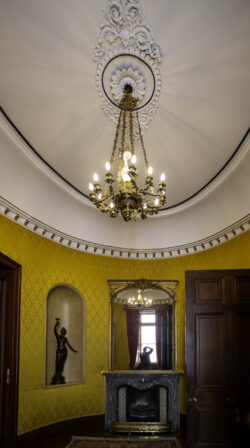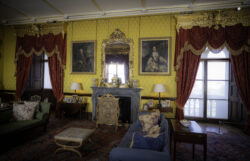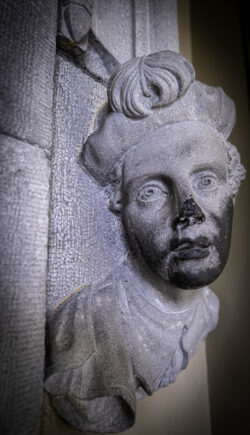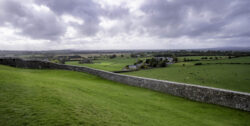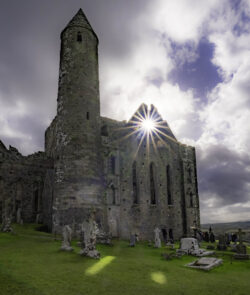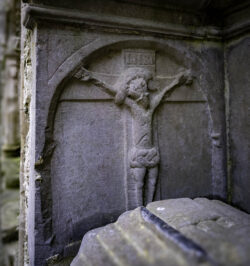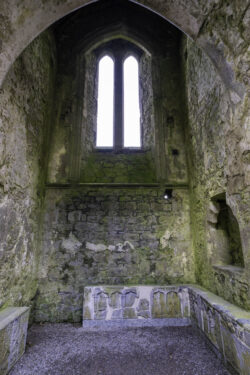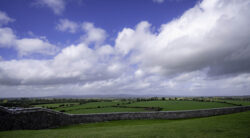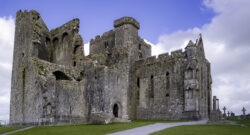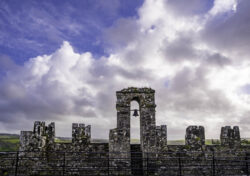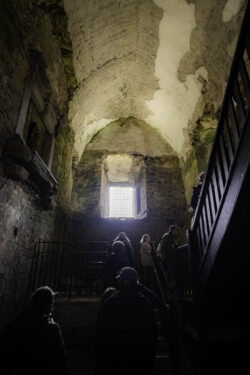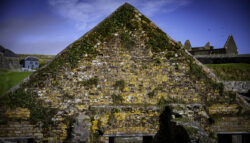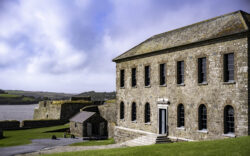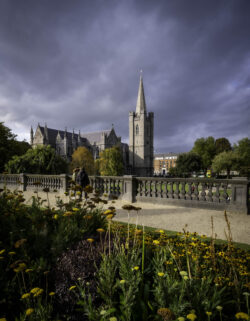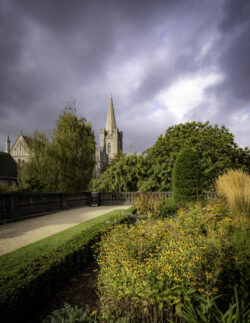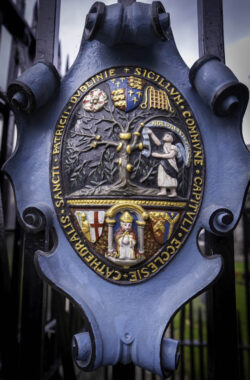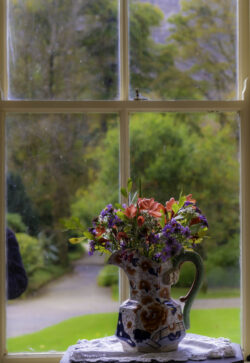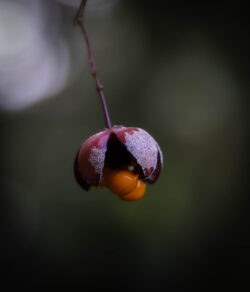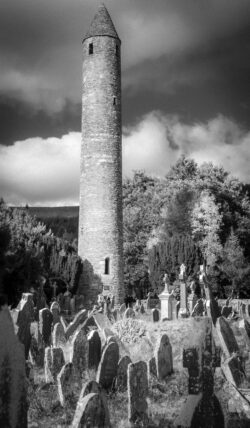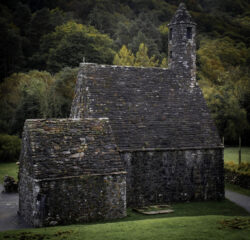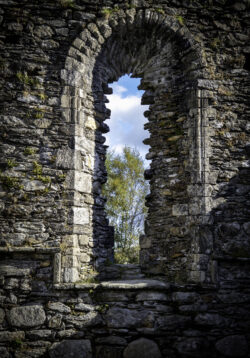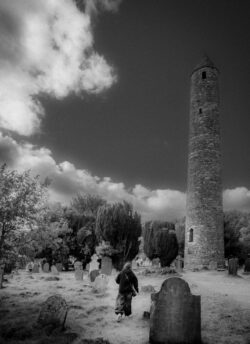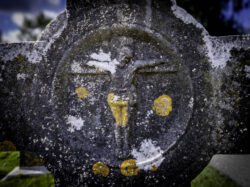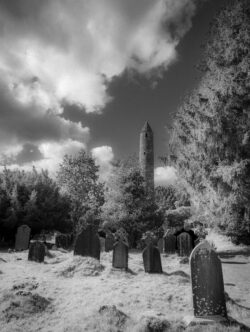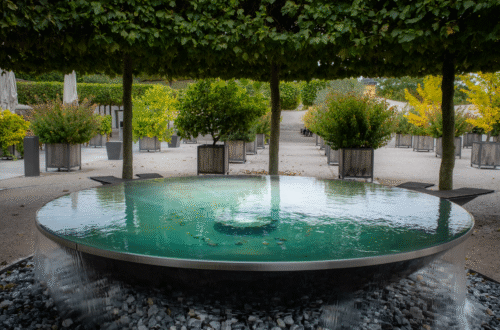Ireland 24 Historical Places
Featured in Gallery

Blarney Castle, located in County Cork, Ireland, is a medieval fortress renowned for its rich history and legendary Blarney Stone, which is said to confer the gift of eloquence upon those who kiss it. Constructed in the 15th century by the MacCarthy dynasty, the castle has stood as a symbol of power and influence for centuries, reflecting the tumultuous history of Ireland.
The original structure was likely built in 1200 as a wooden fort, later replaced by the stone castle we see today. The site’s strategic location allowed the MacCarthys to control the surrounding territory, and the castle served as a stronghold during various conflicts, including the Wars of the Roses and the English Civil War. In 1646, Blarney Castle was captured by English Parliamentarians, but it was restored to the MacCarthy family shortly thereafter.
The castle’s most famous feature, the Blarney Stone, became a focal point of Irish folklore. According to legend, kissing the stone grants the kisser the gift of gab, a term used to describe persuasive and eloquent speech. The stone’s origins are steeped in myth, with tales linking it to ancient Druid rituals and even the biblical Jacob.
Over the centuries, Blarney Castle underwent numerous renovations, particularly in the 19th century, when it was transformed into a picturesque ruin by the last private owner, Sir Charles St. John Nugent. Today, the castle is surrounded by stunning gardens and attracts visitors from around the world, eager to experience its enchanting history and captivating legends.
As a symbol of Irish heritage, Blarney Castle remains a testament to the resilience of its past, drawing visitors into its storied embrace..
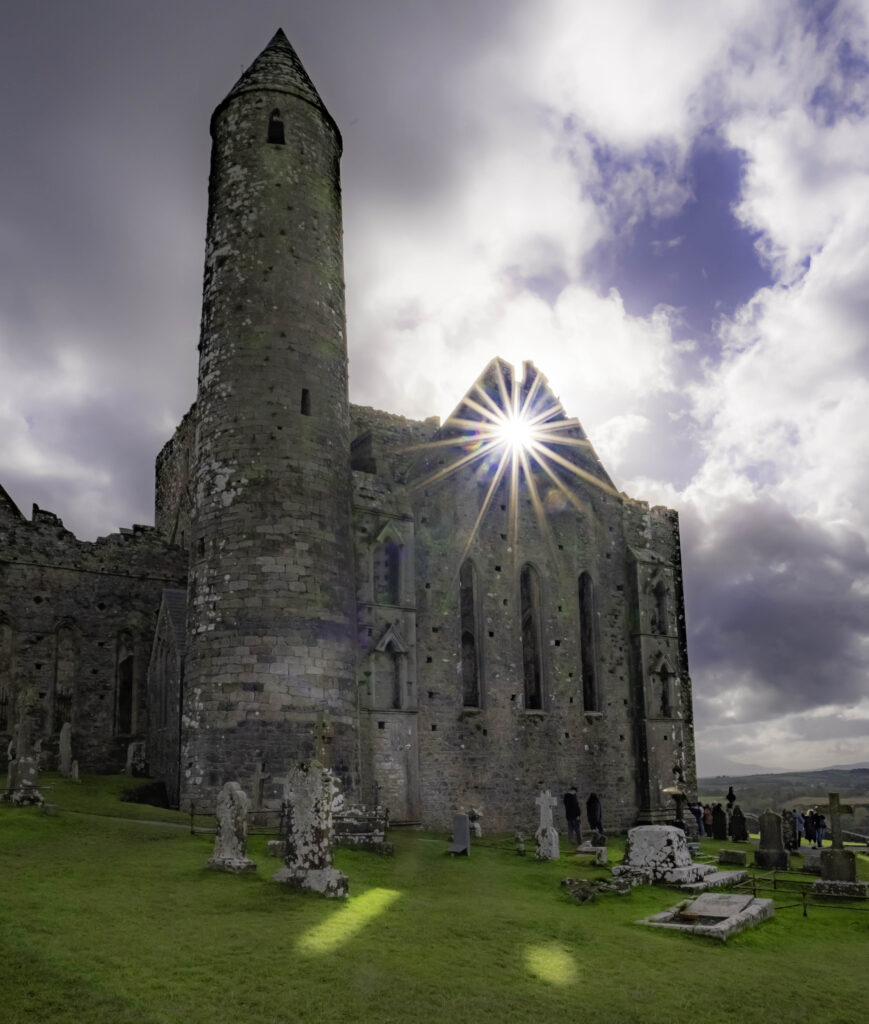
The Rock of Cashel’s origins date back to the 4th century, when it was a fortress of the kings of Munster. Its significance grew when it became associated with St. Patrick, who, according to legend, converted the local king to Christianity here in 450 AD. The tale of St. Patrick banishing snakes from Ireland further enshrines the site in the tapestry of Irish folklore. Today, the site is marked by stunning medieval structures that speak to its historical importance.
As you ascend the hill, the first sight that greets you is the imposing round tower, standing tall against the sky. Built in the 12th century, it is an architectural marvel, showcasing the ingenuity of its creators. The round tower is complemented by the remains of a Romanesque chapel, its intricately carved doorways and arches reflecting the artistry of the period.
One of the most striking features of the site is the Cormac’s Chapel, a stunning example of early Gothic architecture. Inside, the chapel is adorned with exquisite stone carvings and frescoes, depicting biblical scenes that seem to come alive under the gentle glow of sunlight filtering through the small windows. The atmospheric interior invites contemplation, allowing visitors to immerse themselves in the spirituality that has permeated this place for centuries.
The site also boasts a remarkable high cross, known as the Cross of St. Patrick. Standing at nearly 5 meters tall, this intricately carved stone cross is a testament to the craftsmanship of the medieval period and serves as a poignant reminder of the Christian faith that flourished here. As you gaze at the cross against the backdrop of rolling hills, it’s easy to appreciate why this location has been a focal point of worship for so long.
Beyond its historical and spiritual significance, the Rock of Cashel offers an unparalleled connection to the land. The panoramic views from the summit are nothing short of spectacular. As you stand atop the rock, the lush green fields, dotted with sheep and framed by distant mountains, evoke a sense of peace and wonder. It’s a moment that encapsulates the essence of Ireland—a land steeped in myth and beauty.
Visiting the Rock of Cashel is not just a journey through history; it’s an experience that evokes deep emotions. The stories of kings, saints, and ordinary people who once walked this ground linger in the air, inviting you to reflect on their legacies. The site is also conveniently located near the town of Cashel, where charming cafes and shops provide a perfect opportunity to unwind after your exploration.
As the sun begins to set, casting a warm golden glow over the stone structures, the Rock of Cashel transforms into a breathtaking spectacle. This enchanting site, rich in history and natural beauty, is a must-visit for anyone seeking to understand the heart and soul of Ireland. Whether you’re drawn by its historical significance, architectural splendor, or simply the serene landscapes, the Rock of Cashel promises an unforgettable experience that lingers long after you leave.
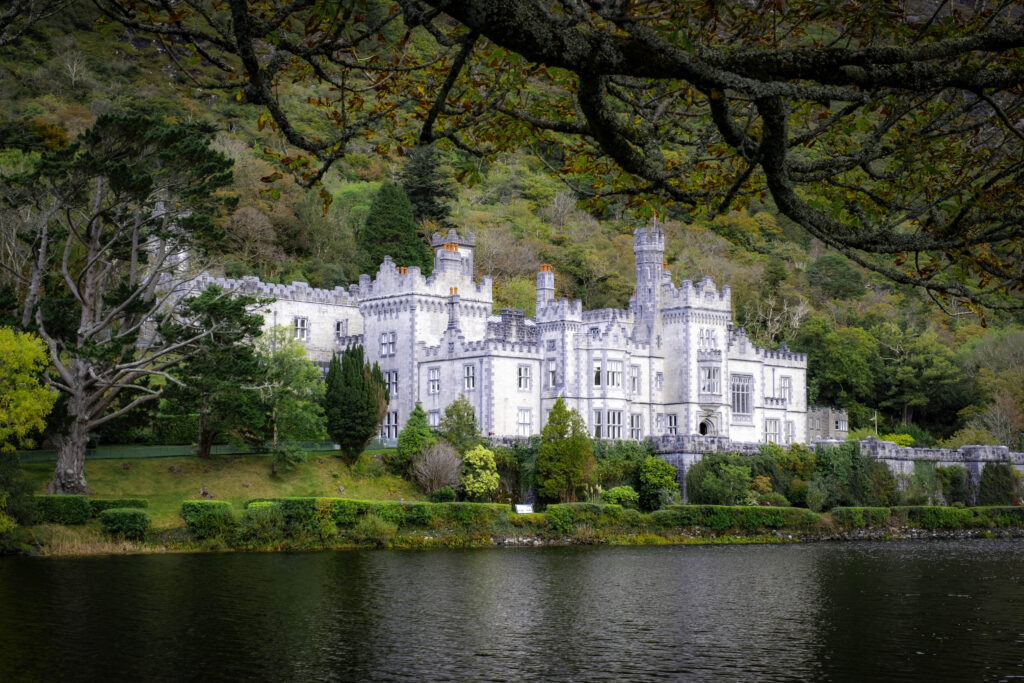
Kylemore Abbey, located in the heart of Connemara, County Galway, Ireland, is a striking example of Gothic Revival architecture and a site rich in history and cultural significance. Founded in 1920 as a Benedictine monastery, this picturesque abbey sits on the shores of a serene lake, framed by the rugged landscape of the Twelve Bens mountains. Its beauty and historical relevance make it a compelling destination for visitors and a symbol of Irish heritage.
The abbey was originally built in the 1860s as a private home for Mitchell Henry, a wealthy businessman from England, and his wife, Margaret. The couple fell in love with the breathtaking surroundings, and their passion for the land is evident in the estate’s design and the gardens that accompany it. Tragically, Margaret’s untimely death from pneumonia led Mitchell to dedicate the estate to her memory, adding a poignant layer to its history. This backstory imbues the abbey with an emotional resonance, drawing visitors not only for its architectural beauty but also for its connection to love and loss.
Architecturally, Kylemore Abbey is a marvel. Designed in the Gothic Revival style, the building features ornate stonework, pointed arches, and intricate detailing that evoke a sense of grandeur. The abbey’s location enhances its aesthetic appeal, with the surrounding gardens, woodlands, and lakeside creating a stunning backdrop. The Victorian walled garden, restored to its former glory, is a testament to the Henry family’s commitment to horticulture and showcases a variety of plants and flowers, further enriching the site’s beauty.
The significance of Kylemore Abbey extends beyond its physical attributes. As a Benedictine monastery, it has become a center for spiritual retreat and reflection. The Benedictine community that inhabits the abbey today maintains a commitment to prayer, hospitality, and education, offering visitors a chance to engage with the monastic tradition. The abbey hosts various retreats and educational programs, fostering a deeper understanding of faith and community. This spiritual aspect adds a profound dimension to the abbey, making it a place of peace and contemplation.
Kylemore Abbey also serves as a cultural hub, highlighting Ireland’s artistic and educational contributions. The abbey features a visitor center that tells the story of its rich history and the Benedictine order. Art exhibitions, concerts, and educational workshops take place regularly, further embedding Kylemore Abbey in the cultural fabric of Ireland. By fostering creativity and dialogue, the abbey plays a vital role in preserving and promoting Irish culture.
In addition to its cultural and spiritual significance, Kylemore Abbey is an important tourist destination that contributes to the local economy. Visitors from around the world come to explore its stunning grounds, learn about its history, and appreciate its natural beauty. This influx of tourism supports local businesses and encourages investment in the surrounding area, ensuring that the abbey remains a vibrant part of the community.
